Library
-
For most cats, a visit to the veterinarian is an overwhelming experience. If your cat’s veterinary appointment is for a routine wellness examination, your veterinarian may prescribe a sedative or antianxiety medication. Natural medicines, also known as complementary therapies, cover a wide range of products including herbs, nutraceuticals, supplements, and homeopathic remedies and may be beneficial in treating your anxious cat. Products such as Feliway® and Rescue Remedy® are examples of natural therapies that may be helpful in reducing your cat’s stress. One of the most important ways to decrease your cat’s anxiety level is to remain calm and relaxed during the visit as this will help reassure your cat that she is safe.
-
Microchipping Your Dog
Es importante asegurarse de que su perro dispone de un sistema de identificación, ya sea el perro más querido por la familia o un valioso animal de exposición. La identificación permanente se ha diseñado para ofrecer un modo útil de reunir los perros extraviados con su propietario.
-
Microchips contain a unique identification number, and they are inserted with a needle under the skin between a pet's shoulder blades. The number is registered to your name, so if your cat gets lost, the number connects your cat to you. Microchips provide reliable, permanent identification for your pet.
-
Microchips contain a unique identification number, and they are inserted with a needle under the skin between a pet's shoulder blades. The number is registered to your name, so if your dog gets lost, the number connects your dog to you. Microchips provide reliable, permanent identification for your pet.
-
Breeding and Queening Cats
Organizar montas para criar gatitos y cuidar de los cachorros es un experiencia muy bonita, pero en ocasiones puede resultar muy frustrante. La información a continuación le ayudará a aumentar las posibilidades de éxito y a que la experiencia se convierta en algo bonito y seguro.
-
Distemper in Dogs
El moquillo es una enfermedad vírica altamente contagiosa que afecta a los perros domésticos. Otras especies como hurones, mapaches y mofetas también se ven afectadas por esta enfermedad.
-
Motion sickness in cats is a common problem. Many cats become anxious or nauseous during travel due to a lack of conditioning and the overwhelming unusual stimuli associated with moving inside a vehicle. Signs your cat may be experiencing motion sickness may include whining, meowing, or howling; drooling and excessive licking of the lips; pacing; vomiting or diarrhea; and lethargy or inactivity. Conditioning your cat to car travel can help ease some anxiety. However, if your cat seems to need more help to stay calm during travel, speak to your veterinarian about using anti-nausea medication, anti-anxiety medications, as well as natural calming agents such as pheromones.
-
Motion sickness in dogs is a common problem. It is more common in younger dogs than in adults. Many adult dogs become anxious or nauseous during travel due to a lack of conditioning and the overwhelming, unusual stimuli associated with moving inside a vehicle. Signs your dog may be experiencing motion sickness may include whining, drooling and smacking lips, pacing, vomiting or diarrhea, and lethargy or inactivity. The best way to ease your dog’s travel anxiety is by taking several short trips before embarking on a long haul. If your dog seems to need more help to stay calm during travel, speak to your veterinarian about anti-nausea medication, anti-anxiety medications, as well as natural calming agents such as pheromones.
-
Most cats settle into a new home fairly easily. They crave familiarity, so it is best to bring along many familiar objects, such as litter boxes and favored furniture. Cats must be initially secured to prevent their escape, as they may attempt to return to a prior home and could be lost or injured along the way. It is best to introduce your cat to your new home gradually and with supervision.
-
Most dogs seem to take moving in stride, if they are with are with their familiar social group. Try to anticipate changes in the dog’s routine and introduce the changes prior to the move. Familiarize your dog with any novel noises that might be associated with the new home. If there will be new pets or people in the new home, arrange introductions ahead of time in a neutral location. When you arrive at your new home, give your dog plenty of time to adjust before trying to leave him alone.

